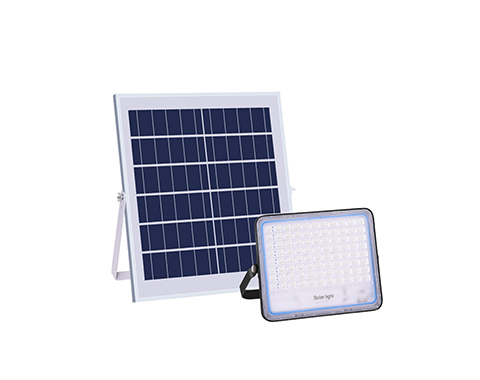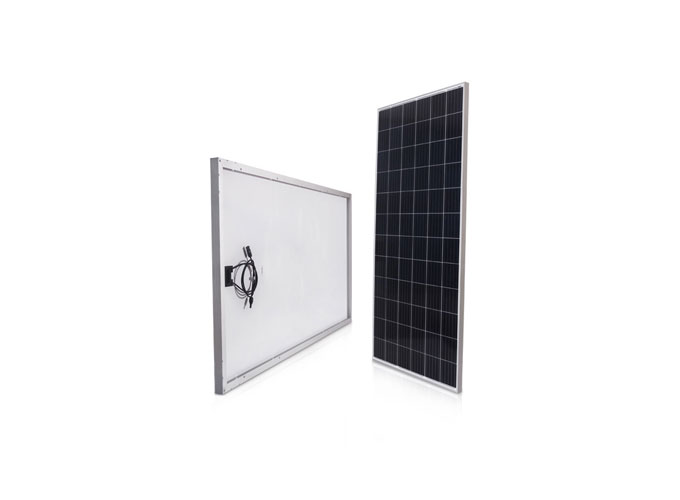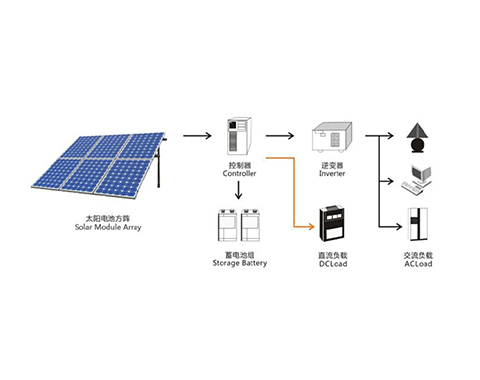Ⅰ. Requirements for outdoor use of the cable of electric vehicle charging piles
With the development of new energy vehicles, cables for power transmission will also usher in explosive growth. The cable of electric vehicle charging piles is the current carrier connecting to electric car and charging pile, whose security problem has been more attention, both the need for the information transmission between the two, and to control the charging, but also based on excellent insulating performance, it has high aging resistance, heat resistance, oil resistance, weather resistance, and other properties. Because when we use it, it will often be bent and dragged, it also requires the flexibility and mechanical properties of the cable.
The cable can be used indoors or outdoors. When used outdoors, the electric charging cables should meet the erosion of cold, sunlight, rain, and automotive oil, which requires that the cable has a special performance of UV resistance, ozone resistance, high and low-temperature resistance, and chemical erosion resistance.
In order to improve the flexibility of wire and cable to facilitate laying and installation, the core of conductive wire is made of a plurality of monofilaments twisted together. The current passing through conductors under the same section is the same, and the conductor synthesized by multiple monofilaments is more flexible than a single conductor.
In the process of use, the cable of the electric vehicle charging pile will be frequently stretched, bent, or crushed by electric vehicles and other external mechanical damage, so it also requires the cable to meet special requirements of mechanical performance, such as winding test, bending test, vehicle rolling test, etc. In the cold northern winter, external materials of the cable are more challenging.
Ⅱ. Selection of the cable of electric vehicle charging piles
1. Functional requirements: The cable is the carrier connecting EV and charging pile and its basic function is to transmit electric energy. However, with the development of charging technology, in order to better complete the charging process, there needs to be communication between electric vehicles and charging piles and automatic control when necessary.
The charging process, therefore, puts forward higher requirements on the car charging cable types, which needs not only to have the function of power transmission but to transfer the status and information of vehicles and power batteries to electric vehicle charging piles for real-time interaction. Under necessary conditions, it should control charging to complete charging safely and reliably.
2. Safety requirements: At present, the safety of electric vehicles has become the focus of the industry. The safety of the charging and discharging process of electric vehicles should be attached to great importance because of the long time, high current intensity, and high frequency of cable usage.




